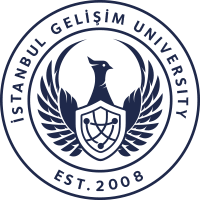Minister of Transport and Infrastructure Abdulkadir Uraloğlu announced that with the inauguration of the Divriği Air Campus, the number of air campuses in Türkiye has reached 14, spanning 12 provinces. The new facility is presented as the modern rebirth of Türkiye’s first district airport, originally completed in 1941 by aviation pioneer Nuri Demirağ. Highlighting Türkiye’s strategic location at the crossroads of Asia, Europe, and Africa—within a four-hour flight to 67 countries and 1.5 billion people—Uraloğlu stated that policies implemented over the past 23 years have turned the country into a “rising star” in aviation. Active airports increased from 26 (in 2002) to 58, set to reach 60 with the openings of Yozgat and Bayburt–Gümüşhane. The international network expanded from 60 destinations in 50 countries to 355 destinations in 132 countries; air services agreements grew from 81 to 175, with the goal of concluding agreements with all 193 ICAO members.
Air campuses not only foster amateur and sport aviation but also carry strategic value for disaster response, enabling rapid deployment after earthquakes, floods, and wildfires. The Divriği campus features a 1,180 m × 20 m concrete runway and 8 parking stands, accommodating sub-5,700 kg fixed-wing aircraft and VTOL manned/unmanned platforms under VFR operations. Positioned to contribute to the region’s heritage—home to the UNESCO-listed Divriği Great Mosque and Hospital—the campus aims to be a meeting point for tourism, culture, and aviation. Additional air campuses are planned in Niğde, Aksaray, Gaziantep, Kocaeli, and West Antalya.
